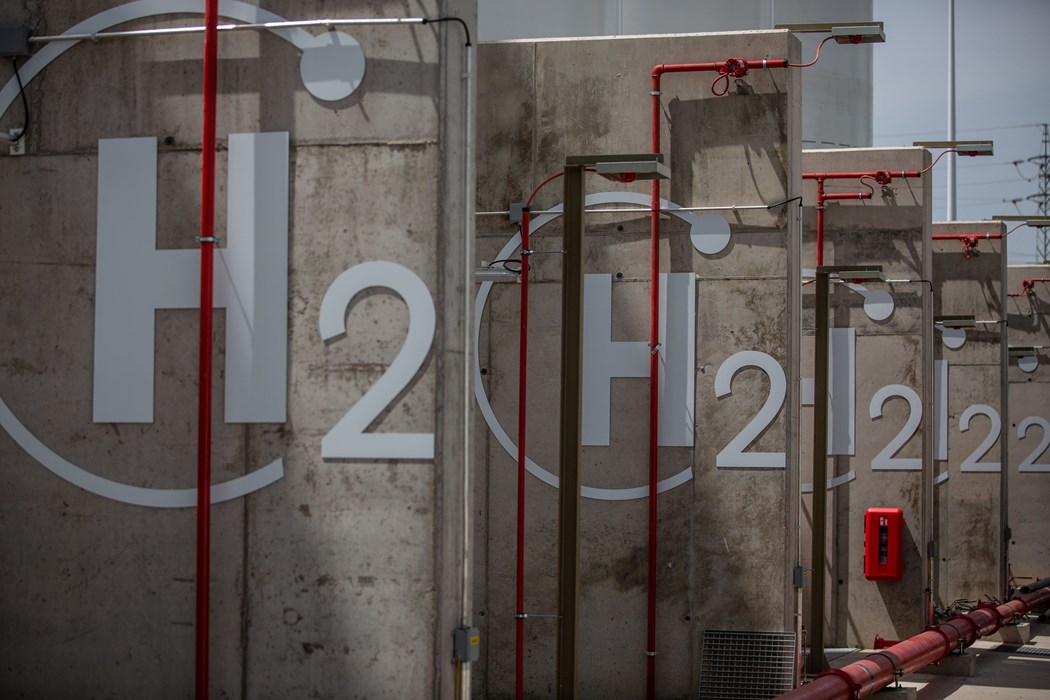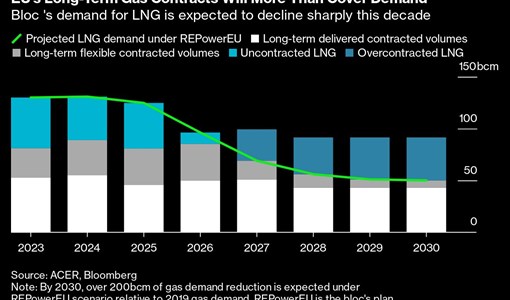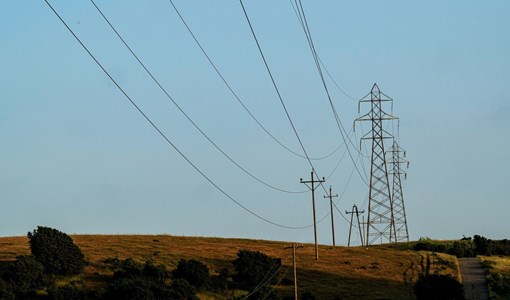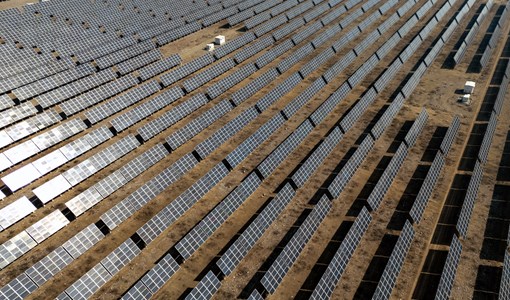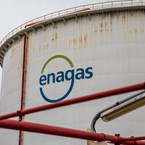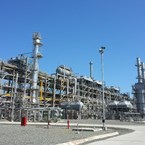India Plans to Become Green Hydrogen Giant to Cut Energy Imports
(Bloomberg) -- India is planning a massive expansion of green hydrogen production to curb its dependence on energy imports and to wean the economy off fossil fuels to meet climate targets.
New Delhi is aiming for an annual production capacity of 25 million tons by 2047, according to people familiar with the plans who didn’t want to be named as the information is not yet public. However, the number could change going forward, depending on technology and the country’s demand outlook, they said. Media officials at the power and renewable energy ministries didn’t immediately respond to emailed requests for comment.
Green hydrogen is widely expected to play a major role in decarbonizing heavy industries, including oil refineries, steel mills and fertilizer plants. India’s current output of the fuel is very low and comes from a handful of pilot projects.
While green hydrogen is regarded as a potential panacea to cut emissions, there are still major challenges in scaling up the technology and making it cost-effective. It’s not certain demand growth will materialize, and the fuel may not become the first choice in transport and industry.
The potential to generate low-cost renewable energy in India, the world’s third biggest emitter of greenhouse gases, has been a driving force behind the government’s carbon-free hydrogen ambitions. India’s goal of getting to net zero by 2070 has found support from business tycoons, including Gautam Adani and Mukesh Ambani, as well as state-run energy giants like NTPC Ltd. and Indian Oil Corp.
Adani has pledged to spend $70 billion on clean energy assets, including green hydrogen, while Ambani’s Reliance Industries Ltd., one of India’s most valuable companies, plans to add production of solar panels, electrolyzers for clean hydrogen and rechargeable batteries. French oil giant TotalEnergies SE has agreed to partner with Adani on hydrogen in India.
The government is considering more ways to spur the sector, including offering production-linked incentives to make electrolyzers.
Green hydrogen is made by splitting hydrogen and oxygen in water with the help of electrolyzers, powered by renewable electricity. The product can replace the use of hydrogen derived from some fossil fuels, in refineries and fertilizer plants. It has the potential to become an alternative to coal in steel mills and oil products in long-haul transport.
The green hydrogen targets are part of a broader strategy for 2047, the centenary year of India’s independence. The plan also includes measures to improve energy efficiency, overhaul power markets and expand manufacturing of renewable energy equipment, according to the people.
More stories like this are available on bloomberg.com
©2022 Bloomberg L.P.
KEEPING THE ENERGY INDUSTRY CONNECTED
Subscribe to our newsletter and get the best of Energy Connects directly to your inbox each week.
By subscribing, you agree to the processing of your personal data by dmg events as described in the Privacy Policy.
More renewables news

Masdar and EGA form alliance on aluminium decarbonisation and renewables
Apr 17, 2024
Chevron Launches $500 Million Fund to Invest in Clean Tech
Apr 16, 2024
Coal Keeps Powering India as Booming Economy Crushes Green Hopes
Apr 16, 2024
Eni company Plenitude commences construction of its largest ever solar project in Spain
Apr 16, 2024
How Amazon Became the Largest Private EV Charging Operator in the US
Apr 15, 2024
Equinor announces first battery storage projects in the United States
Apr 15, 2024
Japan’s largest power company JERA creates global renewables business headquartered in London
Apr 15, 2024
America’s Corn Belt Bristles at $8 Billion Lifeline
Apr 13, 2024
Generac Eyes Power Deals With $1 Billion to Spend
Apr 12, 2024
The Century-Old Transmission Line Is Getting a 21st Century Upgrade
Apr 12, 2024
Energy Workforce helps bridge the gender gap in the industry
Mar 08, 2024
EGYPES Climatech champion on a mission to combat climate change
Mar 04, 2024
Fertiglobe’s sustainability journey
Feb 29, 2024
Neway sees strong growth in Africa
Feb 27, 2024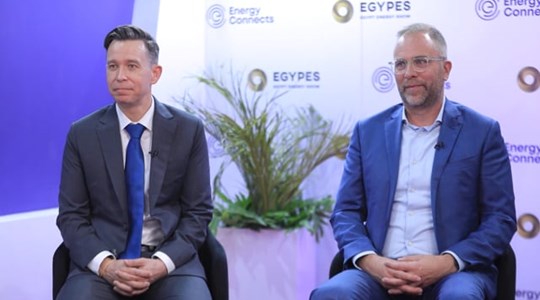
P&O Maritime Logistics pushing for greater decarbonisation
Feb 27, 2024
India’s energy sector presents lucrative opportunities for global companies
Jan 31, 2024
Oil India charts the course to ambitious energy growth
Jan 25, 2024
Maritime sector is stepping up to the challenges of decarbonisation
Jan 08, 2024
COP28: turning transition challenges into clean energy opportunities
Dec 08, 2023
Why 2030 is a pivotal year in the race to net zero
Oct 26, 2023Partner content

Ebara Elliott Energy offers a range of products for a sustainable energy economy

Essar outlines how its CBM contribution is bolstering for India’s energy landscape

Positioning petrochemicals market in the emerging circular economy

Navigating markets and creating significant regional opportunities with Spectrum


